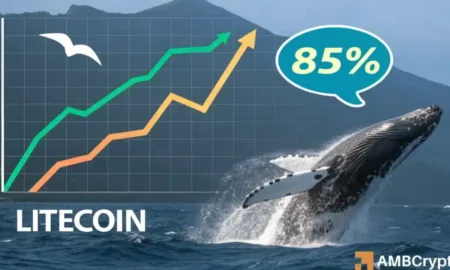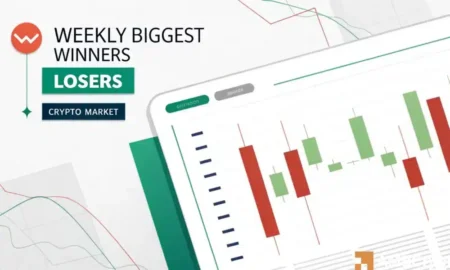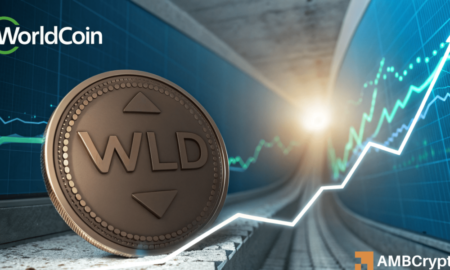Ethereum’s risk appetite has been declining, signaling caution in the market and potentially slower growth ahead. Despite concerns over a rumored Bybit hack, the impact on Ethereum’s price has been relatively mild compared to broader market shifts. The sell-off following the potential security breach had a lesser impact than a market downturn on February 3rd, which remains more influential despite unclear causes. The decreasing risk appetite since March 2024 raises concerns about Ethereum’s ability to maintain its position or face prolonged uncertainty.
The Bybit hack, while causing some concern, seems to have had minimal impact on Ethereum’s price compared to broader market movements. Recent data suggests that Ethereum’s sharpest declines in recent months were tied to overall risk-off moves rather than isolated events like the hack. The sell-off in late January and early February, as well as declining risk appetite since March 2024, raise questions about ETH’s recovery potential and ongoing market uncertainty. The declining risk appetite could lead to reduced participation from leveraged traders, potentially resulting in fewer liquidations but also signaling a sluggish market.
The steady decline in Ethereum’s risk appetite since March 2024 reflects a broader shift in sentiment towards a more risk-averse market. Regulatory uncertainty and reduced leveraged participation have contributed to this trend, dampening the potential for explosive price movements despite creating a more stable environment. Unless risk appetite recovers, Ethereum may continue to trade in a controlled and less speculative manner, potentially leading to extended accumulation phases.
As Ethereum’s risk appetite decreases, the market experiences reduced volatility and fewer liquidations, which could encourage long-term accumulation but also result in stagnation without speculative momentum. Historically, lower risk metrics have coincided with sideways movement, requiring patience from investors. If Ethereum’s risk-adjusted returns remain subdued, the market may face an extended accumulation phase rather than an imminent breakout, highlighting the importance of balancing risk and reward.
Ethereum’s price is increasingly influenced by institutional inflows, retail sentiment, and regulatory developments. Institutional investments, such as BlackRock’s recent $3.6 billion investment, signal confidence in Ethereum, potentially stabilizing prices and boosting adoption. Retail sentiment remains divided, with some accumulating on dips while others remain cautious due to market uncertainty. The possible approval of Ethereum staking ETFs in 2025 and improved regulatory clarity in the U.S. could reignite retail interest and contribute to Ethereum’s future growth by balancing institutional backing, sustained retail participation, and favorable regulatory conditions.
In conclusion, Ethereum’s declining risk appetite has implications for its growth potential and market stability. Despite concerns over events like the Bybit hack, broader market shifts and decreasing risk appetite since March 2024 are more influential factors impacting Ethereum’s price. Balancing institutional support, retail sentiment, and regulatory developments will be crucial for Ethereum’s future success and ability to navigate market uncertainty. As the market continues to evolve, Ethereum’s ability to adapt to changing conditions and maintain a balance between risk and reward will be essential for its long-term growth and sustainability.

















